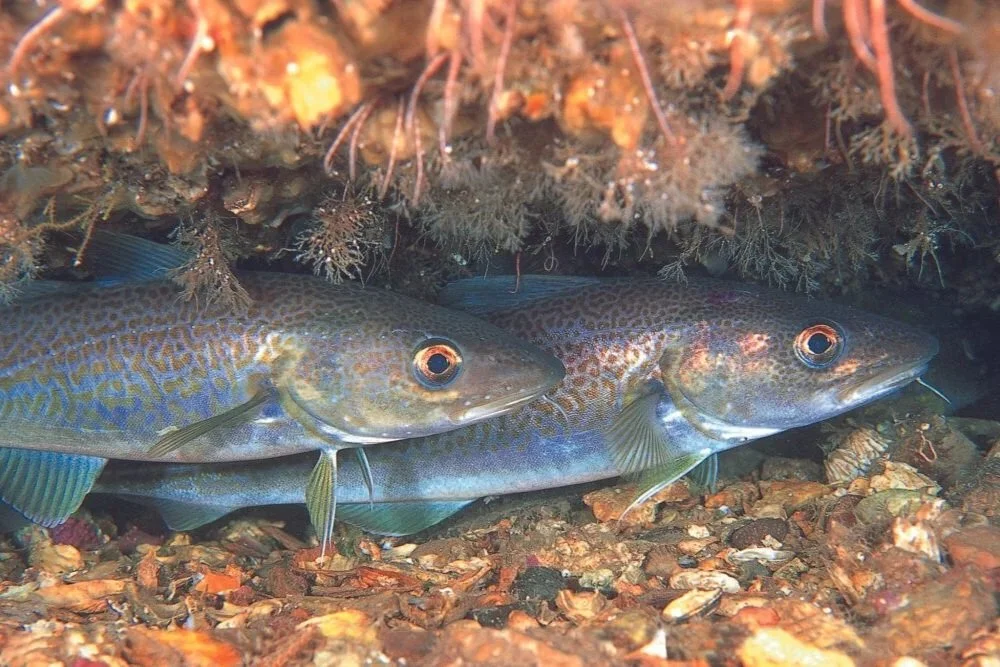Cod has long been one of the most valuable fish species in the seas surrounding Denmark- the Skagerrak, the North Sea and Western Baltic Sea. The cod fishery has generated substantial revenue — hundreds of millions of kroner annually in the early 2000s — and remains an important part of Denmark’s maritime identity and Danish coastal culture from Skagen to Bornholm. However, over the past decades cod populations have dramatically decreased and scientists ring the alarm bells for the future of cod in the region.
In September 2025, the International Council for the Exploration of the Sea (ICES), which provides independent scientific advice to European governments, sent a clear message: no cod should be fished in 2026. The picture is though more complex, as cod are not only caught by fishermen who directly target this fish, but as unintended bycatch in other fisheries. Therefore, the experts from ICES also advise very limited bycatch allowances – or quotas- warning that fishing must be restricted to the lowest possible level to allow the recovery of cod stocks.
Atlantic/North Sea cod (Gadus morhua). Courtesy of Erling Svensen/IMR, retrieved from https://pml.ac.uk/news/climate-change-to-reshape-european-fisheries-new-study-maps-winners-and-losers/
What are the factors behind the cod collapse? Scientists point to a complex mix of environmental and biological pressures leading to cod’s decline. Poor recruitment — meaning too few young fish survive to adulthood — has persisted for years. Low oxygen conditions in the Baltic Sea and decreased salinity, have further reduced the areas where cod can live and spawn. Even the timing of phytoplankton blooms, which are the foundation of the marine food chain, has shifted, affecting the availability of food for cod larvae.
The latest scientific data show cod stocks at or near record lows across most of Danish waters. Bycatch losses continue to hinder recovery efforts. Experts stress that selective gear, seasonal closures, and real-time monitoring are crucial to reduce these unintentional catches and protect what remains of the population.
Fishermen on board emptying their nets. While fishing for a specific species of fish, there are also other species that are caught by the net unintentionally. Those untargeted fishes are called “bycatch”. Photo retrieved from https://phys.org/news/2019-10-eu-cod-quotas-baltic.html
Despite this compelling evidence, EU fisheries ministers decided in October 2025 to maintain relatively high bycatch quotas for Baltic cod — a move that has drawn sharp criticism from environmental organizations. The FishSec coalition warned that recovery “remains elusive” as bycatch allowances remain far above what science recommends.
What does this mean for the future of cod stocks?
Fishermen should follow the recommendations by expert groups.While the exact mechanisms behind the cod’s decline remain unclear, it is certain that if the species is to prosper again in our region, we should cut back on fishing and give it time to recover.
Knowing how other forms of life experience the ecosystem changes in Danish waters informs us on how to direct our efforts into protecting the ocean and all the life it supports, whether in the sea or on land. This will help us make a positive change to protect the future of our seas, our fisheries and the coastal communities that depend on them.



